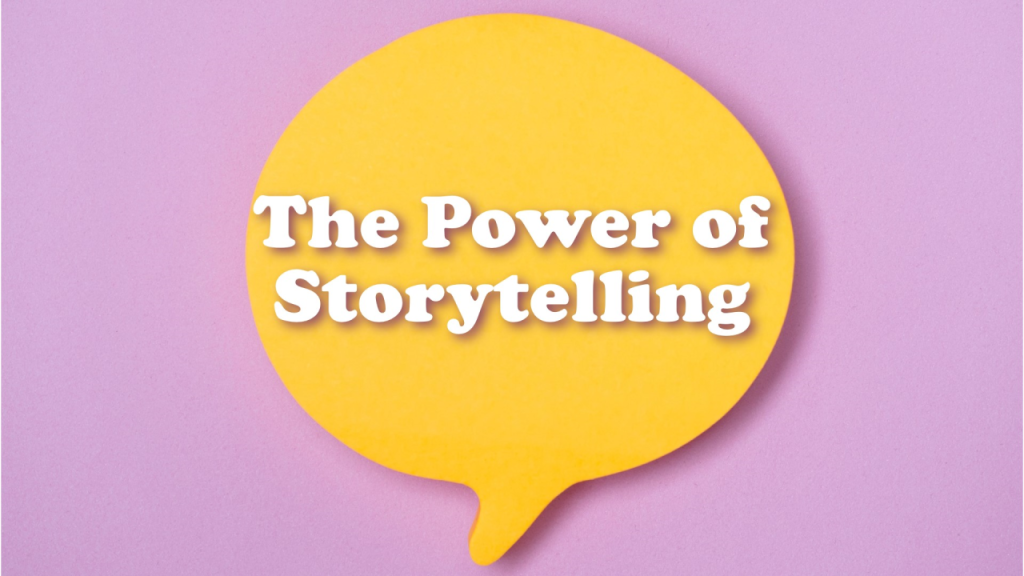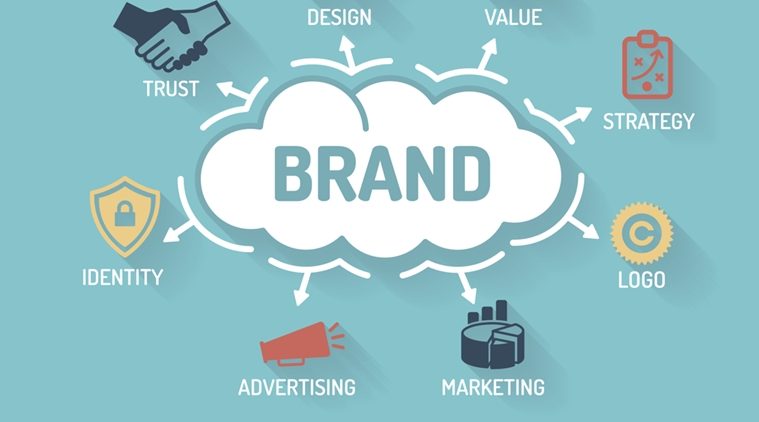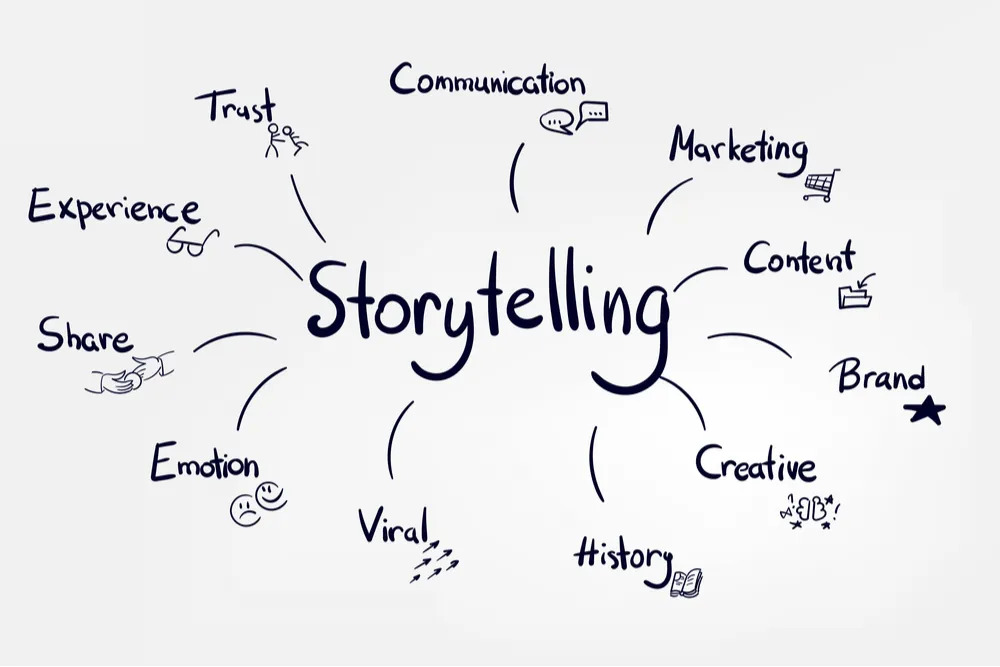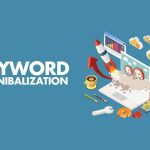
The Power of Storytelling in Building a Memorable Brand
In today’s crowded digital marketplace, facts alone won’t make your brand unforgettable—stories will. Storytelling bridges the gap between brand and customer, creating an emotional connection that leads to loyalty, differentiation, and long-term growth. Whether you’re selling on Amazon, managing a Shopify storefront, or building your own direct-to-consumer site, mastering storytelling can transform your business from just another name into a brand people remember—and choose.

Why Storytelling Matters for Brands
Humans are wired to remember stories, not sales pitches. When you tell a compelling story, you’re not just describing your product—you’re inviting customers into an experience. Research shows that emotionally connected customers are more than twice as valuable to brands as highly satisfied customers (source).
A memorable brand story:
Establishes emotional engagement
Communicates your brand’s values and mission
Differentiates you in a crowded market
Builds trust and credibility
Companies like Amazon have recognized the importance of connecting with customers beyond just transactional relationships, focusing heavily on customer obsession and long-term storytelling through brand positioning (read more).
Actionable Tips to Craft a Powerful Brand Story
Building an effective brand narrative isn’t about manufacturing drama—it’s about being authentic, focused, and customer-centric. Here’s how to do it:

1. Define Your Brand’s “Why”
Your story should start with your purpose. Why did you create your business? What gap were you trying to fill? Simon Sinek’s “Start With Why” philosophy highlights that consumers buy why you do it—not just what you do. Reflect on your motivations, your core mission, and weave that into your brand communication.
Example: Instead of saying, “We sell skincare products,” say, “We help people feel confident in their own skin through natural, thoughtful care.”
2. Make the Customer the Hero
While your brand is the storyteller, your customer should be the hero. Frame your product or service as the tool that empowers them to achieve success, happiness, or transformation. This shift in focus creates an emotional bond. For example, brands like Shopify emphasize empowering entrepreneurs to realize their dreams (explore how they do it).
3. Be Authentic and Transparent
Modern consumers value honesty. Share real stories of your journey, struggles, wins, and growth. Feature customer stories, behind-the-scenes looks, and even moments of failure that humanize your brand. Authenticity builds trust—and trust builds loyalty.

4. Use Visual and Sensory Language
Vivid storytelling taps into your audience’s senses. Instead of listing product features, paint a scene: “Imagine waking up to a fresh, citrusy breeze swirling through your kitchen as you pour your morning tea…” Descriptive language brings your brand to life in customers’ minds.
For eCommerce, combining visual storytelling with strong imagery (like lifestyle photos or A+ content on Amazon) boosts conversion rates significantly (Amazon’s tips).
5. Stay Consistent Across All Platforms
A fragmented story confuses customers. Ensure your brand’s tone, message, and mission are consistent across your website, social media, Amazon listings, packaging, and emails. A strong, unified narrative strengthens recognition and builds deeper loyalty over time.
Examples of Brands Winning With Storytelling
Nike: It’s not about shoes; it’s about perseverance and achievement.
Patagonia: It’s not about jackets; it’s about saving the planet.
Warby Parker: It’s not about eyewear; it’s about making vision care accessible.
Each of these brands uses storytelling to position themselves as part of something bigger than the product.

Final Thoughts: Why Investing in Storytelling Pays Off
Storytelling isn’t just a marketing tactic—it’s a business strategy. Brands that invest in authentic, customer-centered storytelling see higher engagement, stronger loyalty, and greater long-term growth.
If you want your brand to be remembered, loved, and trusted, start telling your story today—because facts sell, but stories build legacies.














